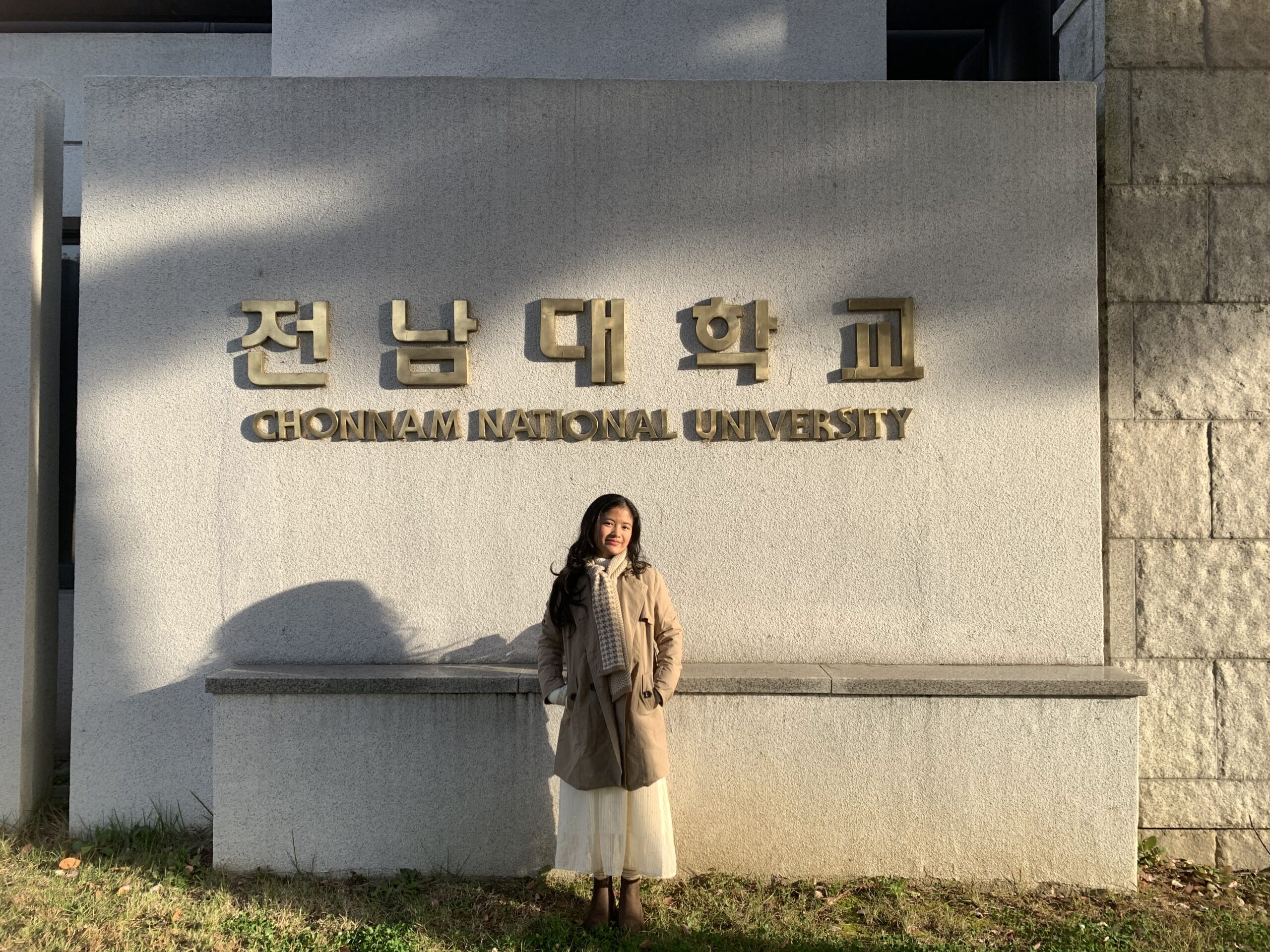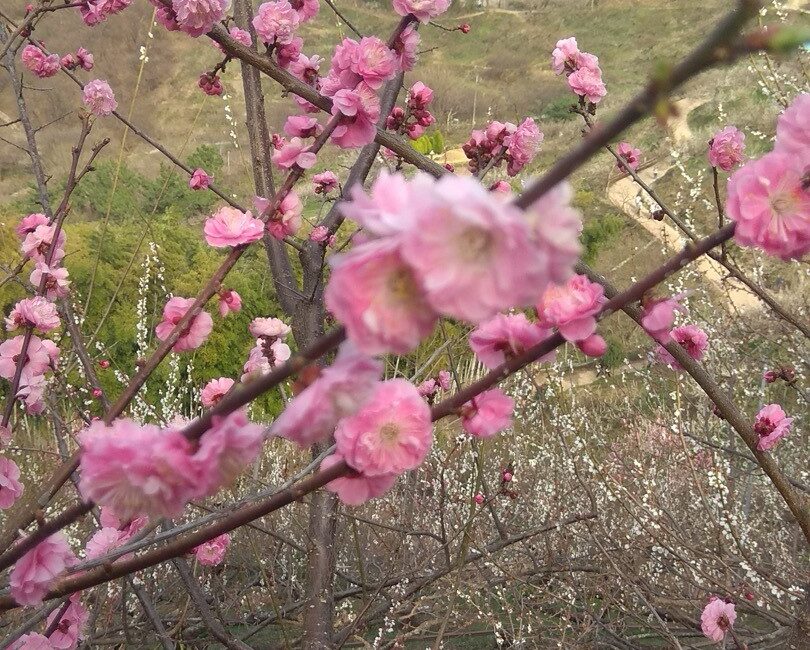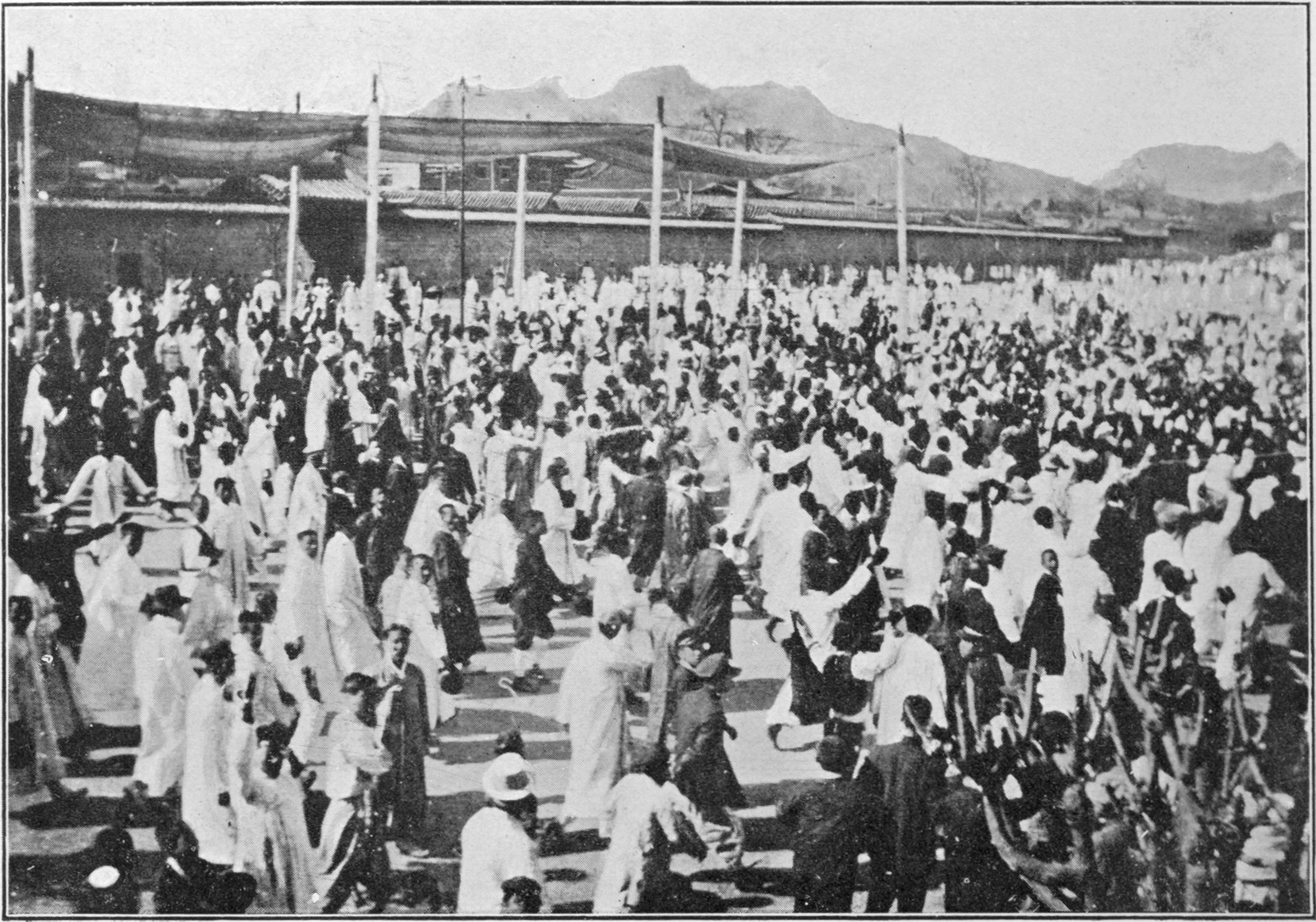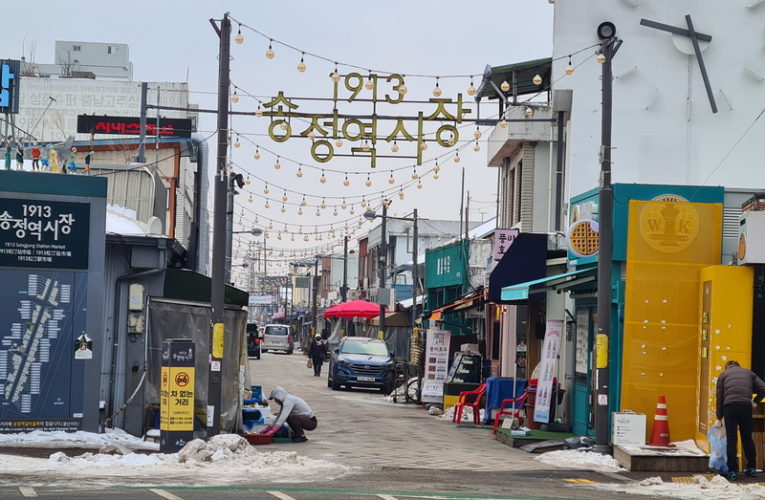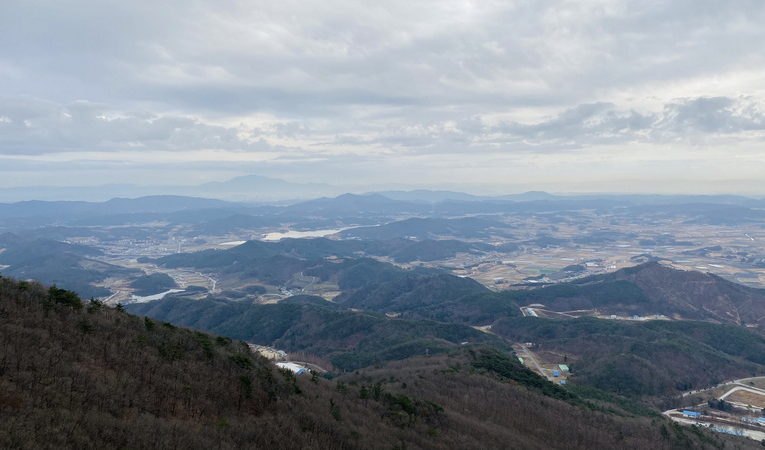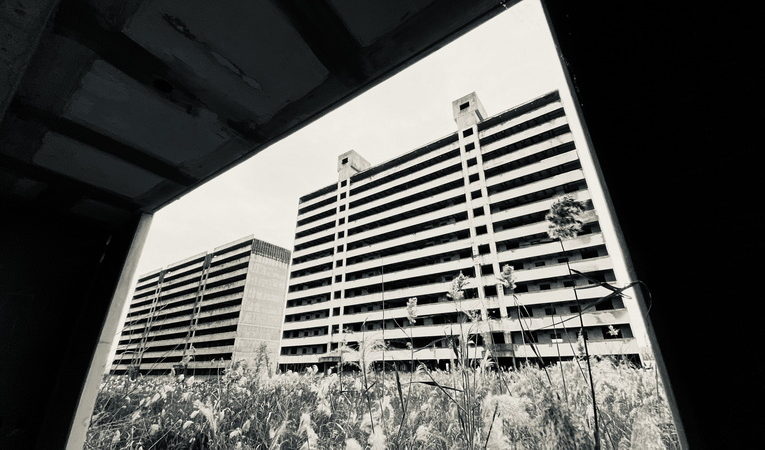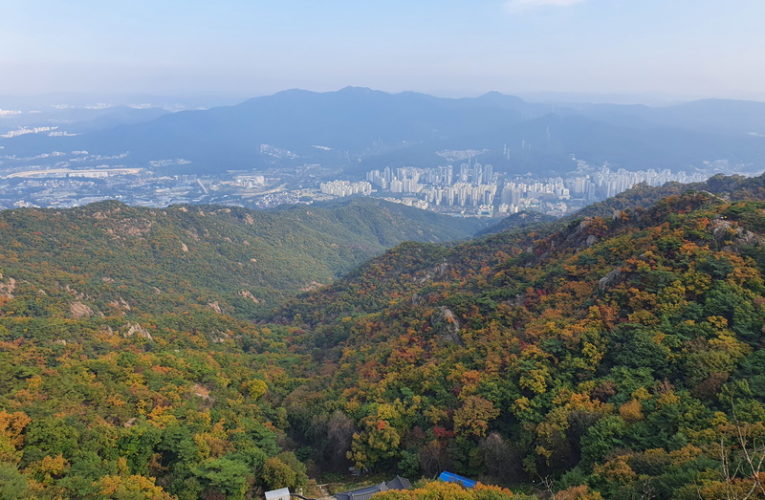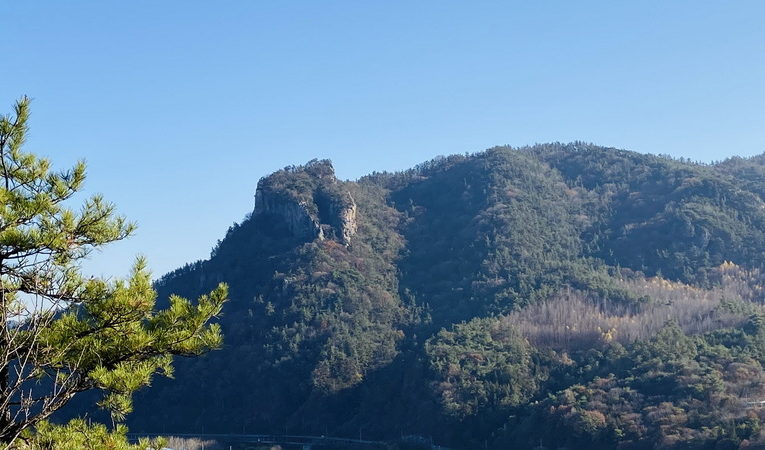Chungjang Street, Dong-gu District
Chungjang Street, named after the posthumous title of General Kim Deok-ryeong, was the site of the 1980 Gwangju Democratization Movement. Today it is Gwangju’s major downtown area. The streets are lined with shopping malls, clothing stores, restaurants, cafes, movie theaters, banks, and hotels, providing the ultimate experience of modern culture in Gwangju. It is the city’s hub of fashion, both trendy and traditional.



